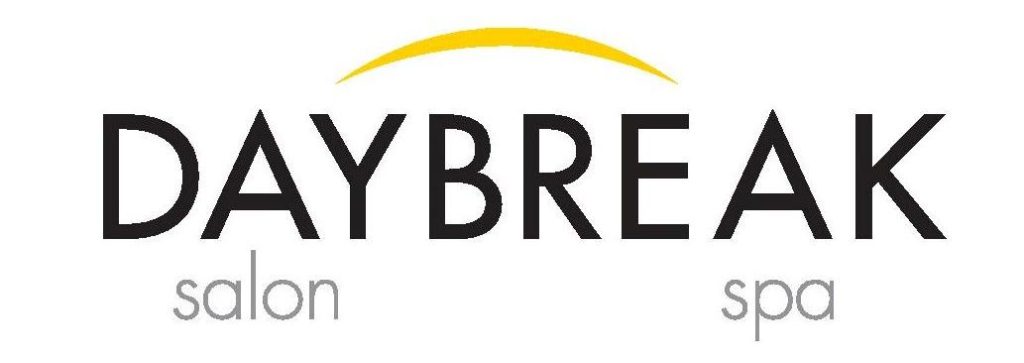“What’s the difference between massage, and which one is best for me?”
Do you find yourself wondering which massage is going to be best for you? The award-winning Daybreak massage therapists are here to help.
“Most people are confused by the options,” says Danielle, Daybreak massage therapist, “But with a few quick questions, we can customize a massage to meet your goals.” At the beginning of your treatment, we ask about areas of concentration, goals and pressure preferences to ensure the desired outcome.”Swedish and deep tissue massages are very similar; the primary difference is the level of pressure involved,” according to TJ, massage therapist.
The differences include:
-
- the pressure
- technique
- intended use
- area of focus
Relaxation vs. Recovery
DeAnne, an experienced Daybreak therapist, likes to ask “Do you just want to relax? Are you recovering from an injury?” and other questions to help guide the service. Swedish massage is a popular massage for relaxation. The light-to-moderate pressure is good for relieving light muscle tension and stress, leaving you rejuvenated and relaxed. “Deep tissue massage is for working out deep muscle tension or aiding in recovery from muscle strain. The therapist applies greater pressure which can cause some minimal discomfort to achieve the recovery as a part of a treatment plan,” says Dani.
Swedish Massage
One of the most commonly offered techniques, Swedish massage promotes relaxation by releasing muscle tension. It can be helpful in releasing tension in:
-
- lower back
- shoulders
- neck
Using oils or lotion and smooth long strokes, a traditional Swedish massage involves the whole body.
Deep Tissue Massage
Erin, Daybreak’s dual-trained massage therapist and esthetician, distinguishes treatments, “Swedish from Deep Tissue goes ‘deeper’ to serve an intended purpose of relief from chronic pain conditions or injury by targeting the inner layers of your muscles, tendons and fascia. Using many of the same movements of Swedish, Deep Tissue uses more pressure to reach the deep muscle and address the concern. This massage facilitates healing by releasing contracted areas of muscle and tissue and can help increase blood flow to the soft tissues to reduce inflammation. It’s important to discuss the extent of injuries, your healing process and current pain level before and during your massage.”
Pressure not Pain
In both Swedish and Deep Tissue, its vitally important to discuss the focus of your treatment – whole body or area of concentration and the level of preferred pressure – light, medium or deep. During the service, if you’d like to adjust the pressure, inform your therapist. Some areas may require different levels to achieve the comfort and result you’d like.
Before and After
Water, water, water. And more water. Drink plenty of water before and after your massage to help flush toxins and aid in healing.
Ice, heat and stretching may be recommended following a massage. Ask your therapist for follow up care specific to your goals and treatment.
Daybreak spa can customize your massage experience with our Swedish, Deep Tissue, Stress Relieving or Therapeutic Massages. Our extraordinary massage therapists also offer Prenatal, Foot Reflexology, Chakra Balancing and Fusion Stone services, too. We welcome the opportunity to help you enhance your health with massage.
Visit our easy online booking to schedule your next massage appointment for relaxation or recovery.





